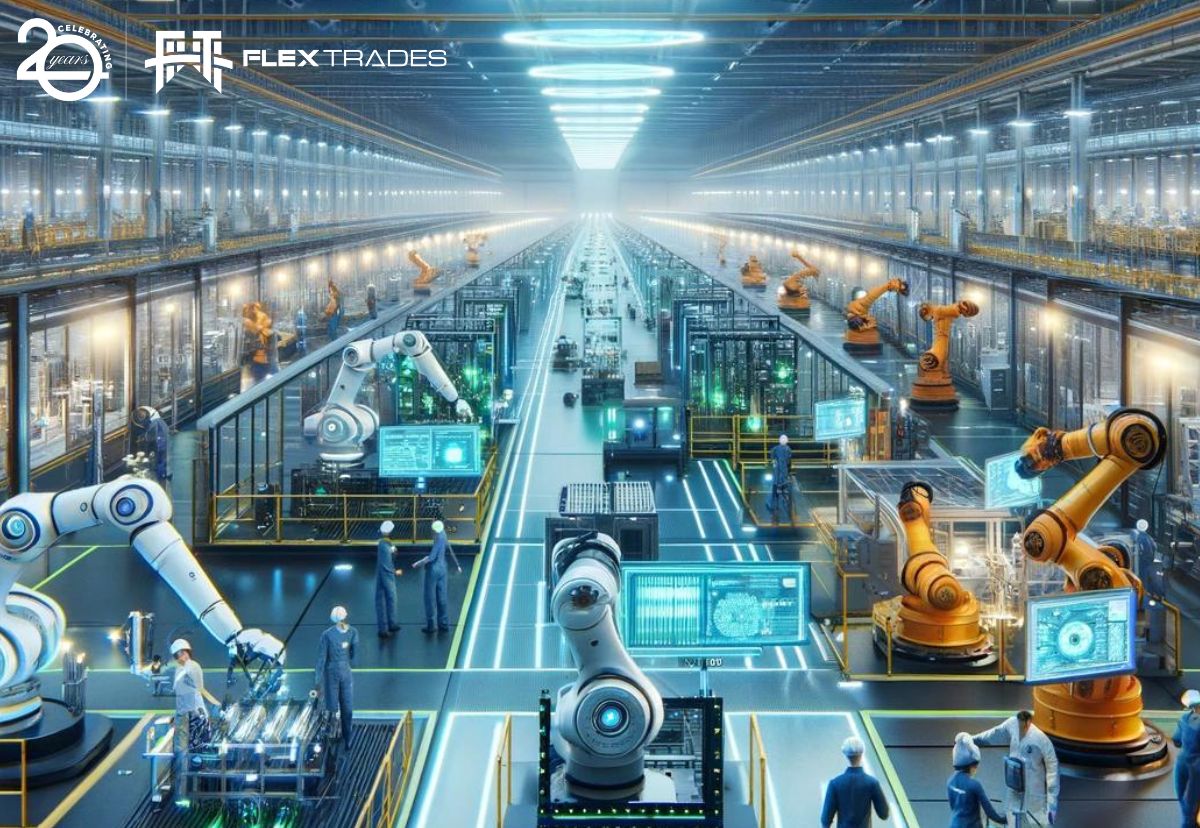If I say, “Close your eyes and imagine an IT person at work,” what do you think of? My mind used to immediately go to towering office buildings, bright server rooms, a massive inventory of computers and peripherals, and seven new ‘high priority’ tickets asking how to connect to the color printer. While this role is still needed in offices across the country, IT professionals are increasingly in demand within manufacturing.
We are living in the age of Industry 4.0, which includes improvements in material science, a robust internet, robotics and automation, and more advanced analytics. Some say we are seeing the first chapters of Industry 5.0 with rapid improvements to Artificial Intelligence and the rise of mass customization in consumer goods.
Below are some of the key roles that are needed as IT and manufacturing converge in Industry 4.0.
Engineering
There are dozens of roles within engineering that are needed to design and integrate IT infrastructure and modern systems into the manufacturing process. Here are just a few examples.
- Manufacturing Engineers oversee the integration of robotics into the broader manufacturing process. They optimize workflows, assess production efficiency, and ensure that robotic systems align with overall production goals.
- Automation Engineers specialize in designing and implementing automated systems, including robotics. They are responsible for selecting appropriate technologies, programming robotic systems, and ensuring a seamless integration with existing manufacturing processes.
- Robotics Engineers focus specifically on the design, development, and programming of robotic systems. They work on the mechanical, electrical, and software aspects of robots to optimize their performance.
- Controls Engineers develop the software and algorithms required for the operation of robotic systems. They work on programming languages, simulation, and the user interface to facilitate seamless interaction between humans and robots.
Depending on your local labor market, it may be tough to hire some of these positions, or you may only need these roles during the design and integration process. Our solution can fill these highly skilled and niche roles for as long or as short as you need, with less pressure on your HR and Recruiting teams. FlexTrades engineers can even be deployed to document and improve work instructions and Standard Operating Procedures, which can free up in-house engineers to carry on with new projects.
Project Managers
When a company makes a large capital investment in new technology, they use Project Managers to oversee the planning, execution, and completion of the project. Project Managers coordinate efforts between various teams (including IT), manage resources, and ensure projects are delivered on time.
Network and Database Administrators
Network Administrators manage and maintain the organization’s computer networks, ensuring seamless connectivity and communication between different systems and departments.
Database Administrators manage the databases that store critical manufacturing data and processes. They ensure data integrity, security, and optimal performance.
Maintenance Technicians
Once robots are introduced in a production facility, someone needs to take care of them. This is the role of Maintenance Technicians and Robotics Technicians. They will perform routine maintenance, troubleshoot issues, and repair robotic systems. They ensure the continuous functionality of automated equipment.
Programming Technicians
Experienced programmers are indispensable on the production floor. They can write programs for new parts, debug and troubleshoot existing programs, and find efficiencies to reduce cycle times. A great programmer can upskill their peers, reduce programing times and improve production cycle times.
Analysts
System Analysts determine the information needs of the manufacturing process and recommend IT solutions. Once automations and robots are operational, heaps of data points are generated to report on their performance. Data Analysts use those data points to analyze performance metrics and identify opportunities for improvements in the process.
Conclusion
Now, if I say again, “Close your eyes and imagine an IT person at work,” what do you think of? As I learn more about modern manufacturing, I think about the networking and IT infrastructure that must be in place for everything to work seamlessly.
It’s important to remember that robots are not coming for your jobs. Skilled employees will always be necessary on the front lines of American manufacturing. Modern technology, like robotics and automation, creates millions of jobs designing, programing, and maintaining these production facilities. If you are looking for work in Engineering, Automation & Robotics, or anything else in manufacturing, check out our job boards!
If you’re an employer, check out our engineering solutions to see how we can help you move further into Industry 4.0.








